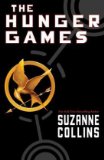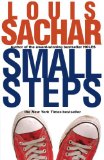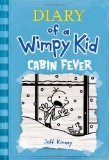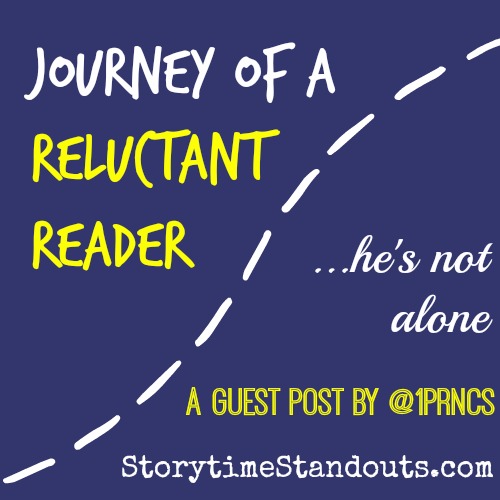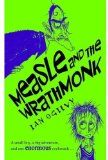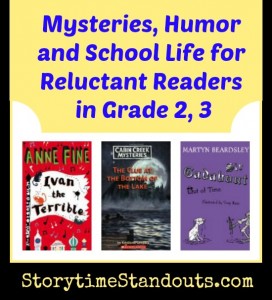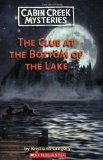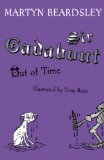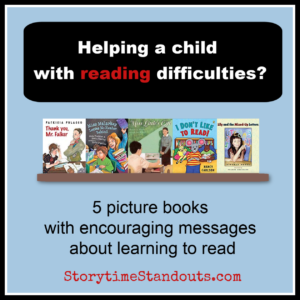
If you are supporting a child who is having difficulty learning to read, these are picture books that share an encouraging message. Reading well involves learning a variety of strategies and practising them with increasingly difficult text. For a child who has difficulty with letter recognition, dyslexia, phonemic awareness or comprehension, reading can be a terrible struggle. Hearing about the experiences of other children can be a help.

Here, we share five picture books that will be helpful for children who are having trouble learning to read.
“Learning to read and read well is already hard enough: it takes years of practice to make knowledge of reading automatic, transparent and fluid. When children practice reading in a context that’s kind– with books they love, teachers who understand reading, and systems devised to make a hard thing easier — they’re more inclined to practice, remember, make sense of, get better at, and love reading.”
Nancie Atwell in The Reading Zone: How to Help Kids Become Skilled, Passionate, Habitual, Critical Readers
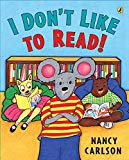
I Don’t Like to Read! written and illustrate by Nancy Carlson
Picture book about Having Trouble Learning to Read published by Puffin
Henry likes first grade but he does not like reading. He avoids it at school and at home. One day, his teacher asks him what the problem is and he confides. His teacher offers extra help and before too long, when a babysitter is not available to read aloud to Henry and his sibling, Henry takes over, reading with increasing confidence and emerges with a love of reading at home and at school.
Ms Carson’s illustrations are a highlight of this engaging picture book. Henry’s body language, especially as a non-reader, is a terrific addition to her delightful story.
Level of Reading Intervention – Resource teacher at school, extra practice at home
Reason for reading difficulty (if any identified) – N/A
I Don’t Like to Read! at Amazon.com
I Don’t Like to Read! at Amazon.ca
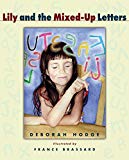
Lily and the Mixed Up Letters written by Deborah Hodge and illustrated by Fance Brassard
Picture Book about Having Trouble Learning to Read published by Tundra Books
Lily enjoys school and especially opportunities to create art. Unfortunately, grade two is not as much fun as kindergarten and grade one were. Reading aloud is especially worrisome for Lily and, when her teacher announces Parent Day will include having each student read out loud, Lily confides her lack of confidence reading to her mom,
“I can’t do it,” she sobs. “I can’t read my page on Parent Day. It’s too hard. All the other kids can read their pages, but I can’t read mine.”
Lily’s mom is empathetic and requests that she receive extra help at school. Her teacher assigns a peer Reading Buddy and Lily also practices at home. By Parent Day, Lily is ready for the challenge.
Level of Reading Intervention – Peer reading buddy at school, extra practice at home
Reason for reading difficulty (if any identified) – N/A
Lily and the Mixed-Up Letters at Amazon.com
Lily and the Mixed-Up Letters at Amazon.ca
Miss Little’s Gift written by Douglas Wood and illustrated by Jim Burke
Autobiographical Picture Book about Living with ADHD and Difficulty Learning to Read published by Candlewick Press
Douglas is in grade two and he doesn’t like having to sit still. He interrupts his teacher; he has problems with reading and on the playground. He is very resistant to staying after school in order to get extra help with reading but Miss Little is firm and determined. She finds a book to match his interests, she encourages him and she gives him just enough help. Miss Little’s Gift is a celebration of the difference a wonderful, caring teacher can make.
Level of Reading Intervention – extra time with a classroom teacher
Reason for reading difficulty (if any identified) – ADHD in Author’s Note
Miss Little’s Gift at Amazon.com
Miss Little’s Gift at Amazon.ca
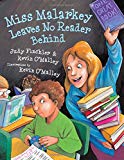
Miss Malarkey Leaves No Reader Behind written by Judy Finchler and Kevin O’Malley and illustrated by Kevin O’Malley
Picture book about a reluctant reader and a persistent teacher published by Bloomsbury USA
In Miss Malarkey Leaves No Reader Behind, we meet a student who is able to read but simply does not like reading. He much prefers playing video games with his friend. His very determined book-loving teacher spends the entire school year trying to find a book that will captivate him. One by one she wins over his classmates but it is not until the year is almost over that she finds the key to unlocking a love of reading and books.
This picture book would be a good read-aloud at the start of a school year, especially for teachers and librarians who have an extensive classroom library and a very good knowledge of books that will appeal to hard-to-reach students.
We also suggest reading our series, Journey of a Reluctant Reader
Level of Reading Intervention – Classroom teacher
Reason for reading difficulty (if any identified) – Reluctant reader
Miss Malarkey Leaves No Reader Behind at Amazon.com
Miss Malarkey Leaves No Reader Behind at Amazon.ca
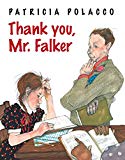
Thank you, Mr. Falker by Patricia Polacco
Picture book about Having Trouble Learning to Read published by The Penguin Group
Thank you, Mr. Falker is an autobiographical picture book about Ms. Polacco’s difficulty learning to read and the help she finally received in grade five. A detailed, thoughtful story for older children, Thank you, Mr. Falker explains that Trisha grew up in a family that loved reading and treasured books. After the loss of her grandparents, she moved to California with her mother and her brother. Trisha hoped it would be a fresh start and that reading would be easier but her struggles persisted and before too long she was being teased by bullies.
it is not until Trisha is in fifth grade, with a teacher who is new to the school, that the bullying is called out and Trisha receives extra instruction.
“We’re going to change all that, girl. You’re going to read – I promise you that.”
This picture book is best-suited older children and highlights the fact that some children can hide their difficulties with reading for quite some time.
Level of Reading Intervention – Classroom teacher and reading resource teacher
Reason for reading difficulty (if any identified) -N/A
Thank You, Mr. Falker at Amazon.com
Thank You, Mr. Falker at Amazon.ca
The Girl Who Hated Books
An animated short from the National Film Board of Canada introduces us to Meena, a young girl who hates books.
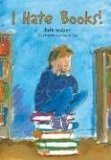
We also wrote about I Hate Books by Kate Walker
BONUS BOOKS ABOUT CHILDREN FACING CHALLENGES LEARNING TO READ
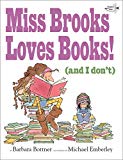
Miss Brooks Loves Books! (and I don’t) written by Barbara Bottner and illustrated by Michael Emberley
Picture book about a reluctant reader published by Alfred A. Knopf
Booklovers will be enchanted by Miss Brooks and her enthusiasm for sharing picture books with her class. Missy doesn’t share the librarian’s enthusiasm for reading or for her book-related costumes.
” All year long, Miss Brooks reads us books. Books about dragons and Pilgrims and presidents. Books about love and leprechauns. Groundhogs, even! It’s vexing.”
It is not until Book Week that Missy decides that she wants to read a book that includes warts. Missy’s mom suggests Shrek and soon Missy and her mom have created an ogre costume and she is ready to present the story to her class.
Rich vocabulary and fun illustrations make this a great read aloud choice for kindergarten and early primary-age children.
Miss Brooks Loves Books (And I Don’t) at Amazon.com
Miss Brooks Loves Books (And I Don’t) at Amazon.ca
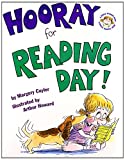
Hooray for Reading Day! written by Margery Cuyler and illustrated by Arthur Howard
Picture Book about a (grade 1) child’s anxiety about reading aloud published by Simon and Schuster Books for Young Readers
Jessica has other worries that have been explored in Stop Drop and Roll (A Book about Fire Safety) and 100th Day Worries.
In Hooray for Reading Day! Jessica already feels self-conscious when reading aloud in front of her classmates, her fears worsen when Mr. Martin announces plans for a parent event at school that will require her to wear a costume and read aloud in front of parents.
Anyone who feels anxious about reading aloud or public speaking will understand Jessica’s worries. Meanwhile, her mom and dad are enthusiastic and reassuring about the performance and offer to help with a costume.
When Jessica can’t sleep, she decides to practice her reading with Wiggles, the family dog listening. She discovers, to her delight, that reading to Wiggles is easy and that it helps her to become more successful and confident with her reading.
Hooray for Reading Day! is skillfully illustrated by Arthur Howard (Mr. Putter & Tabby Pour the Tea, Hoodwinked) and, apart from sharing a positive message about learning to read, the book presents an opportunity to discuss emotions and teasing. It would be a good pick to share at the start of the school year or whenever children need encouragement with reading.
Hooray for Reading Day! (Jessica Worries) at Amazon.com

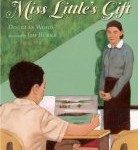
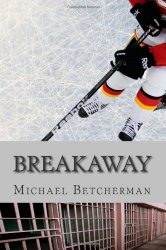

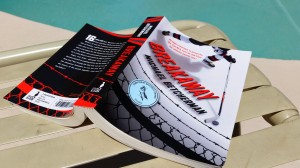

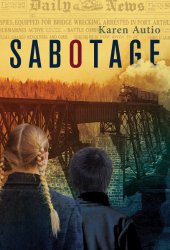
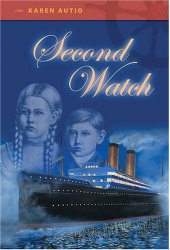
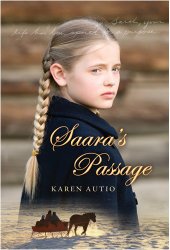
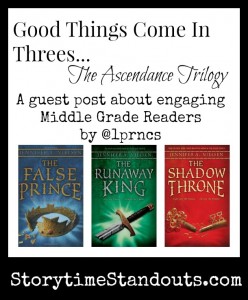
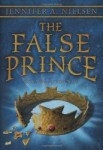
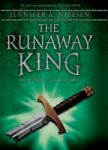
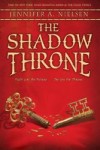
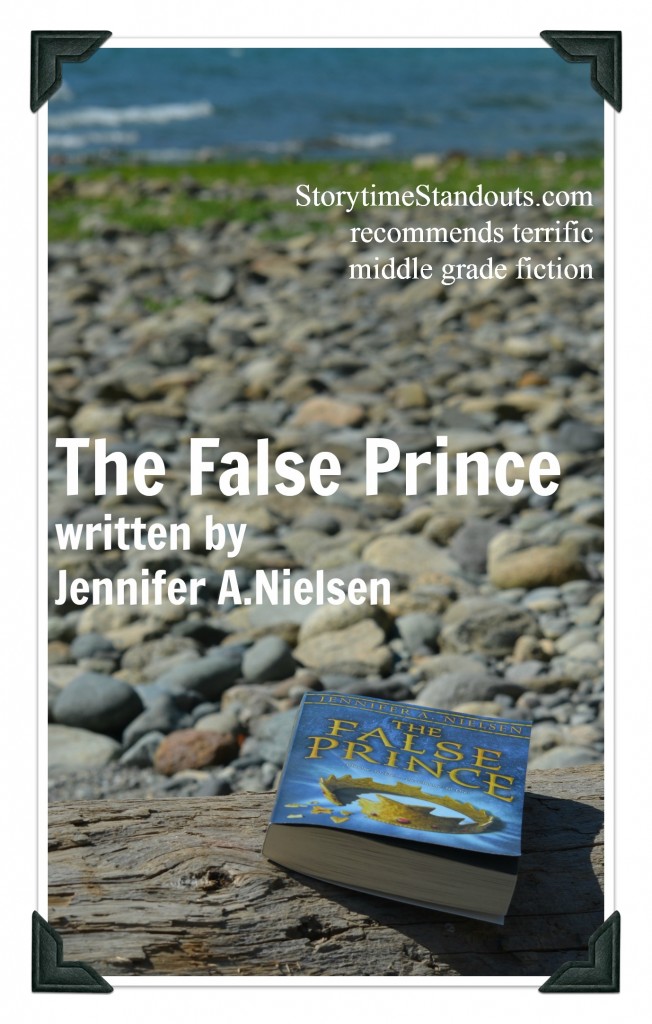

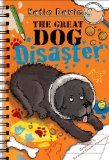
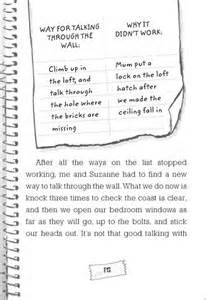
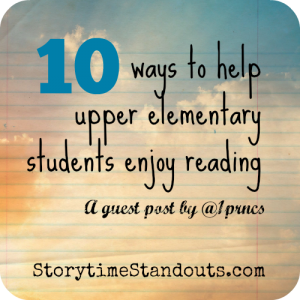
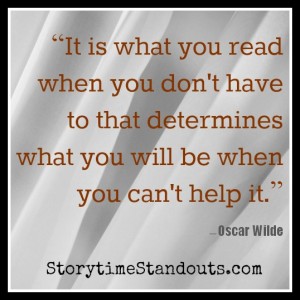
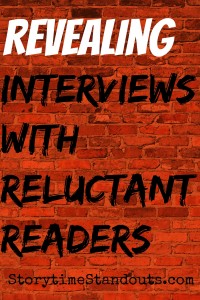
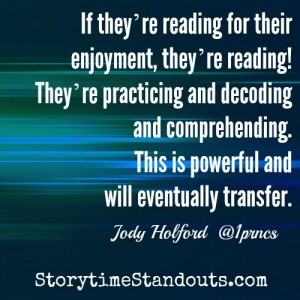

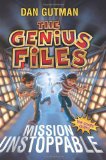
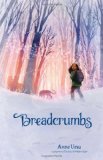

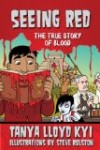
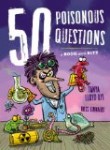
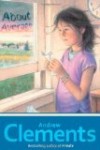
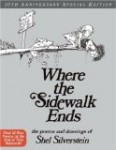
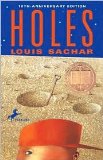


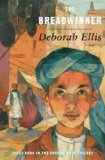
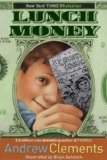
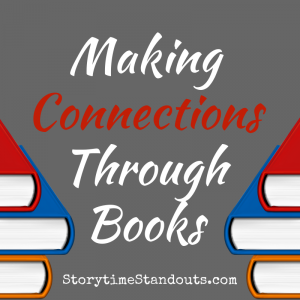 As a want-to-be writer, I find it fascinating that some authors can slip back and forth between genres and age groups. It shows a wide range of talent when an author produces a best selling thriller and then follows it up with a highly entertaining graphic novel. James Patterson and John Grisham are powerful examples of authors who show this flexibility on a regular basis. What really shows their strength as writers, however, is that the books they write for their younger audiences are so appealing to adults as well. Aside from providing more great reading material, authors such as these are also providing a unique way for parents (or teachers) and children (or students) to connect.
As a want-to-be writer, I find it fascinating that some authors can slip back and forth between genres and age groups. It shows a wide range of talent when an author produces a best selling thriller and then follows it up with a highly entertaining graphic novel. James Patterson and John Grisham are powerful examples of authors who show this flexibility on a regular basis. What really shows their strength as writers, however, is that the books they write for their younger audiences are so appealing to adults as well. Aside from providing more great reading material, authors such as these are also providing a unique way for parents (or teachers) and children (or students) to connect.